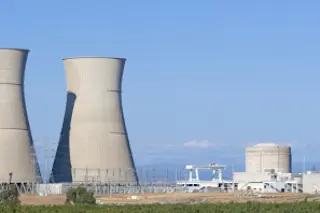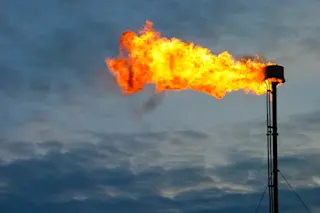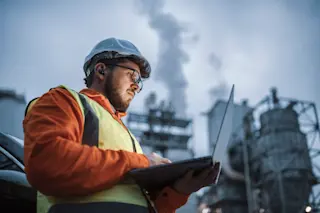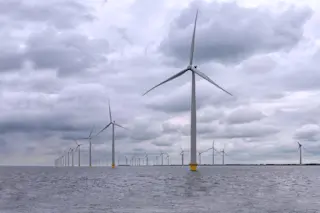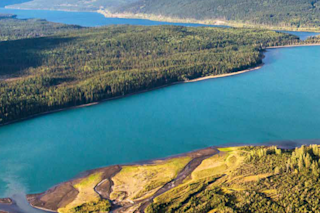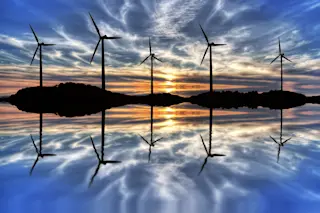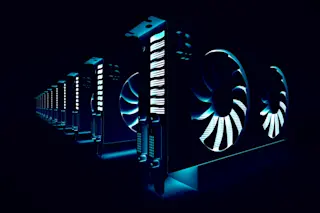In December 20, 1951, just outside the tiny town of Arco, Idaho, four 100-watt lightbulbs strung on a single cord flickered to life and then glowed brightly, becoming the first appliances ever powered by nuclear energy. The small group of scientists watching, employees of the Idaho National Laboratory (INL), toasted to a future powered by the splitting of atoms.
It would be a dream deferred. Nuclear power stalled in America amid highly publicized accidents and concerns about radioactive waste. But scientists at the INL quietly soldiered on, and now the tide may be turning: The imperative to limit greenhouse-gas emissions is sparking an atomic renaissance on the very site of nuclear energy’s birth.
Buoyed by an allocation of $1.25 billion in funding for reactor research from the 2005 Energy Policy Act, INL scientists are working to improve safety, boost efficiency, minimize waste, and decrease cost in a new generation of ...


